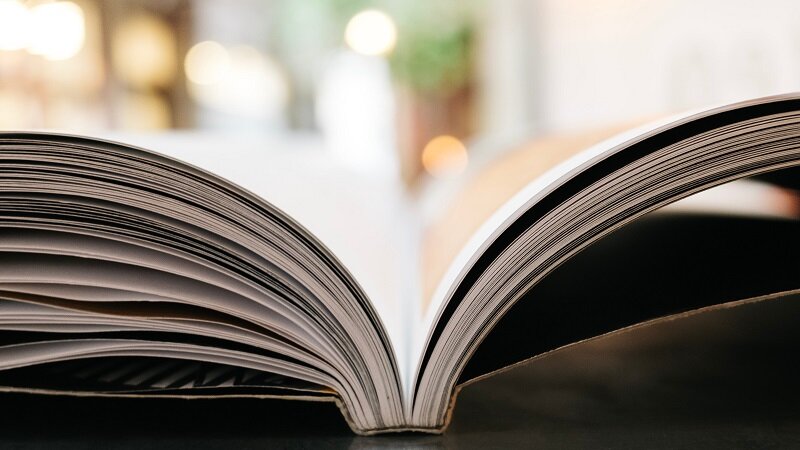The Literature Checklist
Episode #10 of the course Studying English literature: Excel in the study of novels, poems, plays, and more by K.C. Finn
Throughout the duration of this course, we have been building up to the moment when you can take any piece of text and conduct a full literary analysis from start to finish. This session provides a perfect way to end the course and move forward in your reading adventure. The following template will encapsulate everything you’ve learned with a catch-all checklist that you can use as your one-stop-shop for all things literature-related. Take it step by step as you make your notes, and you’ll have a perfect skeleton plan for writing or discussing these works in depth.
First Read-Through
You should always read any text for analysis more than once, but in the first sweep, there are some chances to engage with critical thinking (from Lesson 1) whilst you’re identifying key elements of the piece. Pay attention to the context around the piece, who wrote it, and what kinds of messages and ideologies they might have wanted to portray.
On your page notes, keep a section where you can organize the themes that you find, and remember to place them in some kind of levels to see their importance (as we did in Lesson 2). You’ll need these to refer back to, especially if you choose to write in the Thematic Analysis style.
Make sure to note down all of the characters who are present in the scene you’re examining (as we did in Lesson 3). Whose perspective is this text told from? What other features of character are present to give us vital information about them?
Identify the primary setting (or settings) of the section you’re working on (from Lesson 4). Where are the indicators in the text of how this atmosphere is created? Does the atmosphere suit the genre, mood, and ideas of the story or its characters?
When you have completed the first read-through, make a short summary of the plot (from Lesson 5). What happened in this section? How did it enhance the overall story? What did we find out, and how did the text convey that information to us?
Second Read-Through: Annotation
Now that you have those ideas in place, it’s time to go deeper and annotate the text for evidence. Take your stylistics checklist (from Lesson 6), and highlight key areas where you see those techniques in use. If there’s a clear link to the themes, characters, setting, plot or overall ideas, make sure to make a note of that too, so you know what point you want to make later.
Are there any special techniques that are being borrowed from poetry (Lesson 7) or playscripts (Lesson 8)? Highlight these in a different color or with different markings so that they stand out from the rest.
Analysis
On a new side of the paper, begin to pick out the evidence that you’ve highlighted, along with the techniques you’ve labeled. By doing this you should already have the Point and Evidence of the PEE technique (Lesson 9), so it’s time to look at Explanation. Make notes on the effect that each annotation might have on essential features of the work. Do they contribute to themes, atmospheres or moods, character development, or plot? And if so, what do you suppose the author intended that the reader should feel at that moment?
From this point, you should be able to choose either a technical or thematic structure (Lesson 9) to write each paragraph and support your ideas fully. At the end of that process, you’ll be holding a complete study of a piece of great literature.
It’s time to say goodbye for now! I sincerely hope that this course has provided you with a wealth of information, tips, and tricks on how to achieve your goals with the study of literature in the future. If you’re looking for more on writing, creative education, and productivity, don’t forget to take a look at my other Highbrow courses, which teach creative mindfulness activities, focus and motivation, and practical techniques for writing, editing, and setting up a freelance business from home.
I wish you the very best in all your endeavors and would like to thank you for taking this course. Until we meet again!
K.C. Finn
Recommended book
The Teaching Archive: A New History for Literary Study by Rachel Sagner Buurma
Share with friends

